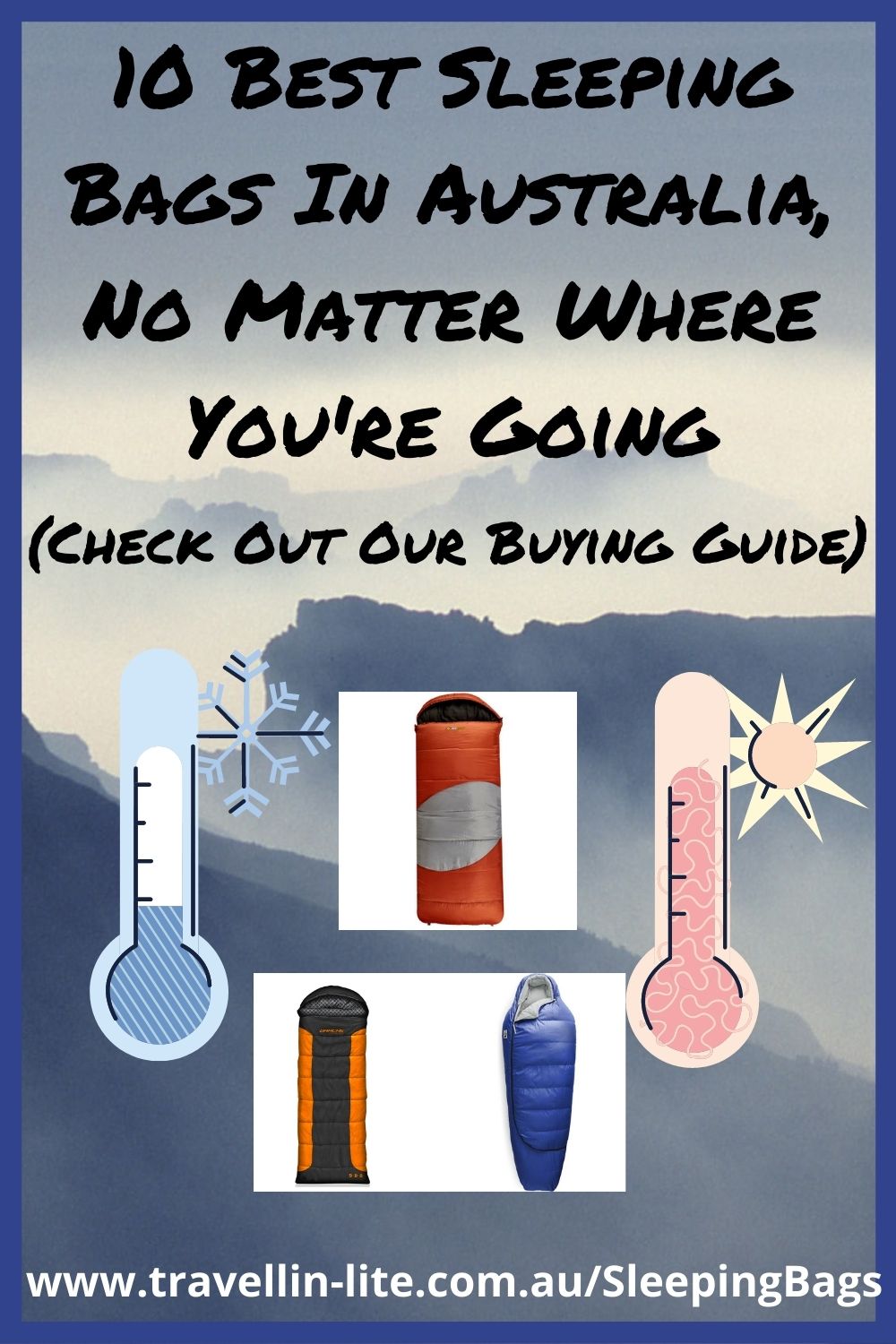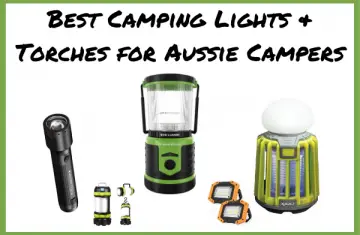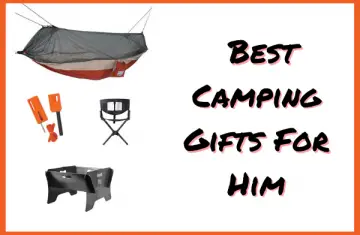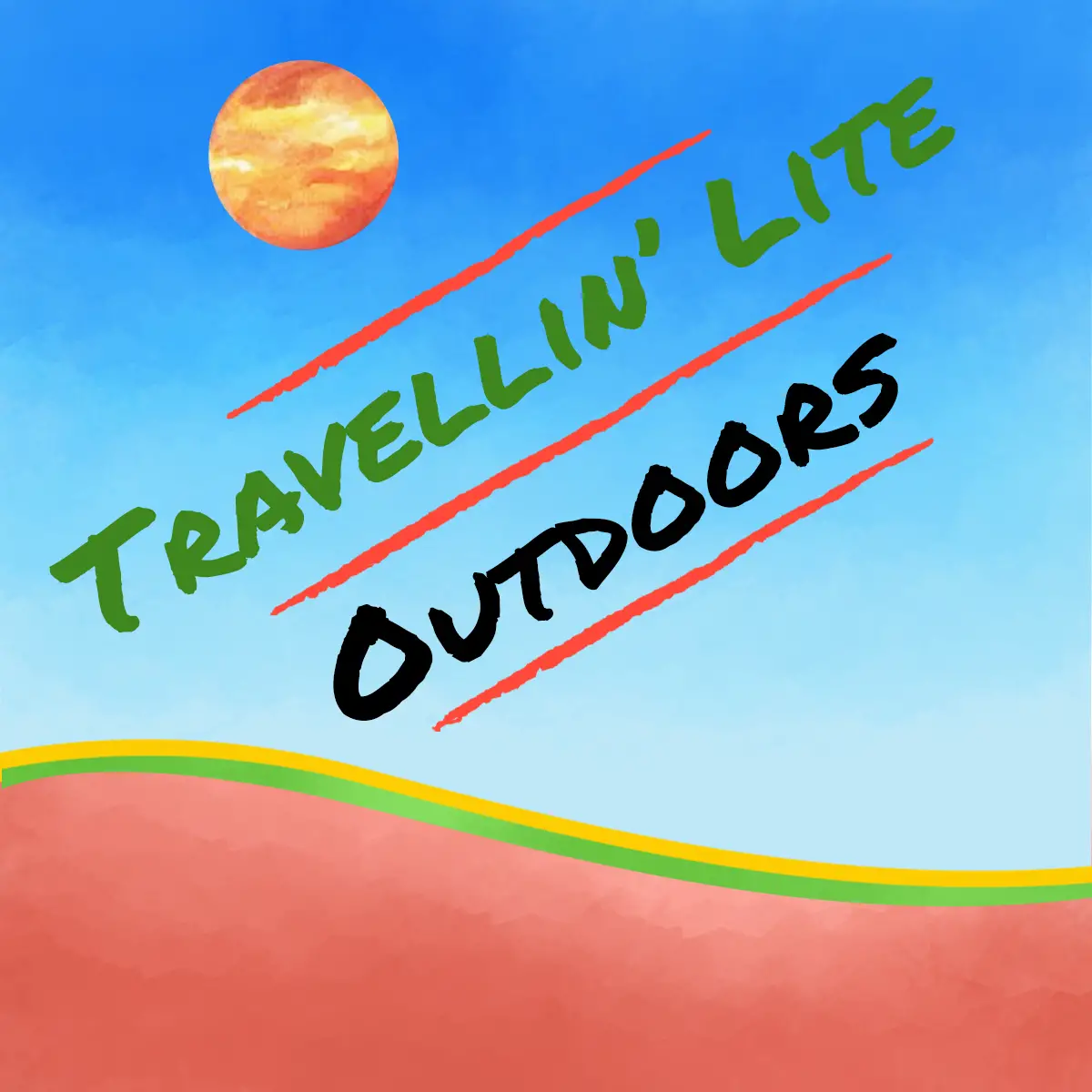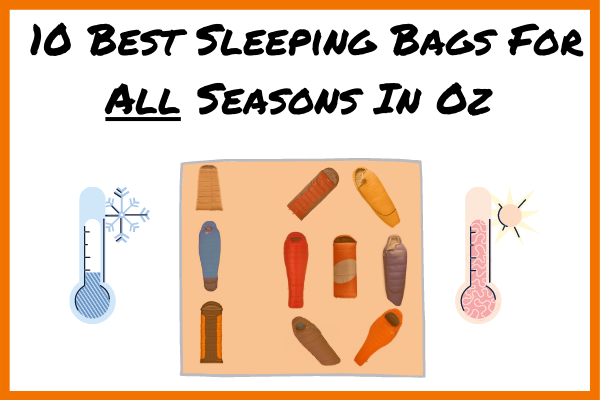
This Article May Contain Compensated Links. For More Info, Read Our Disclaimer Here.
It also depends on how you’re travelling. Hikers and bushwalkers have different priorities to a family travelling in a 4WD.
So, this buying guide is different to the others. There won’t be a single best sleeping bag, because that won’t work. Instead, I’ve put together some sleeping bag reviews (Australia) covering the best of the following main types and usages:
- All-round sleeping bag
- Cold weather sleeping bag
- Lightweight sleeping bag
- Down sleeping bag
- Synthetic sleeping bag
- Hiking sleeping bag
- Budget sleeping bag
- Kids sleeping bag
- Compact sleeping bag
- Sleeping bag for bike touring
Best Sleeping Bags Australia – Summary Table
| Product | Category | Image | Mini-Review (+) Pros (-) Cons | Check Prices |
|---|---|---|---|---|
| OZtrail Sturt Camper 5C Sleeping Bag | Best Budget Sleeping Bag | 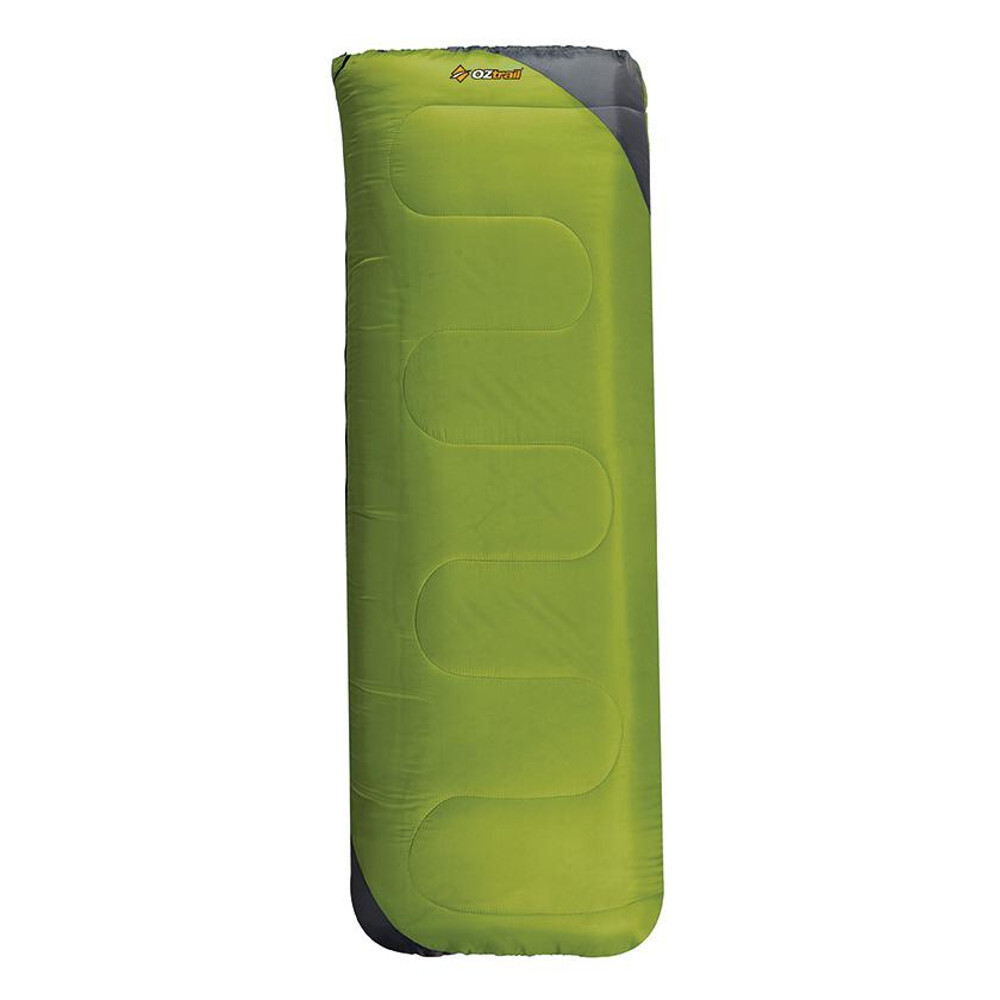 | (+)Airweave polycotton liner. (+)Great insulating properties. (+)Weight - 1.2kg. (+)Affordable. (+)Durable coil zip. Overall: Good Value | TentWorld |
| Sea To Summit Trek Tk II Down -1C Sleeping Bag - Regular | Best in terms of Weather Adaptability | 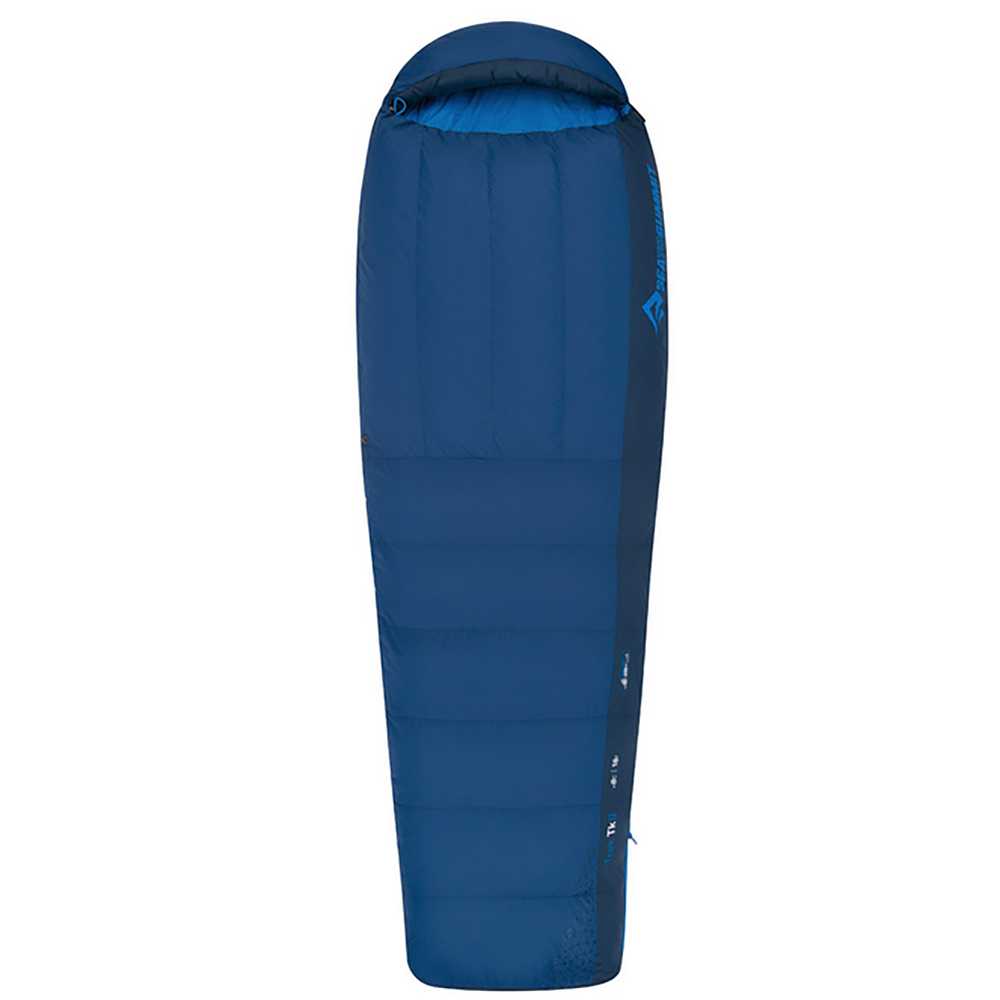 | (+)Lightweight. (+)3D hood draws. (+)Versatile. (+)Large size: 225cm x 89cm. (+)Large internal security pocket. Overall: Excellent for camping in all kinds of weather. | TentWorld |
| Adventure Kings Premium Winter-Summer Sleeping Bag. | Best All Round Sleeping Bag | 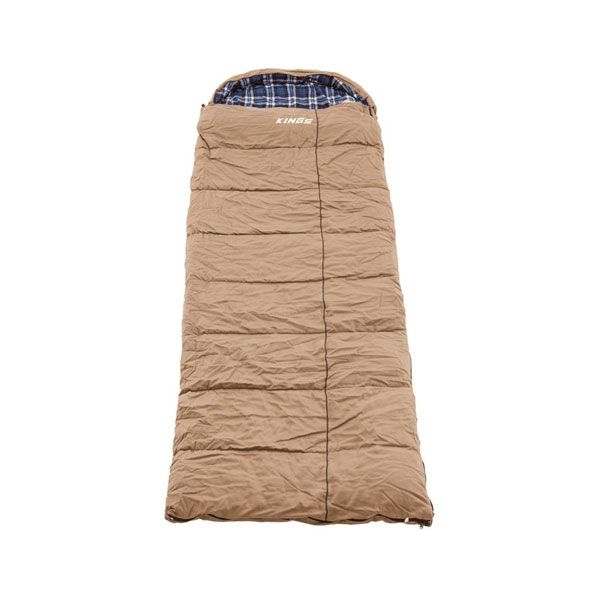 | (+) Removal flannel liner for wider temperature range (+) Large size - 240cm x 90cm (+) Water resistant exterior (+) Zip together to create a big double (-) Weight: 5kgs. Overall: Good Value | Check Price. |
| Darche Cold Mountain 900 Sleeping Bag. | Best Cold Weather Sleeping Bag | 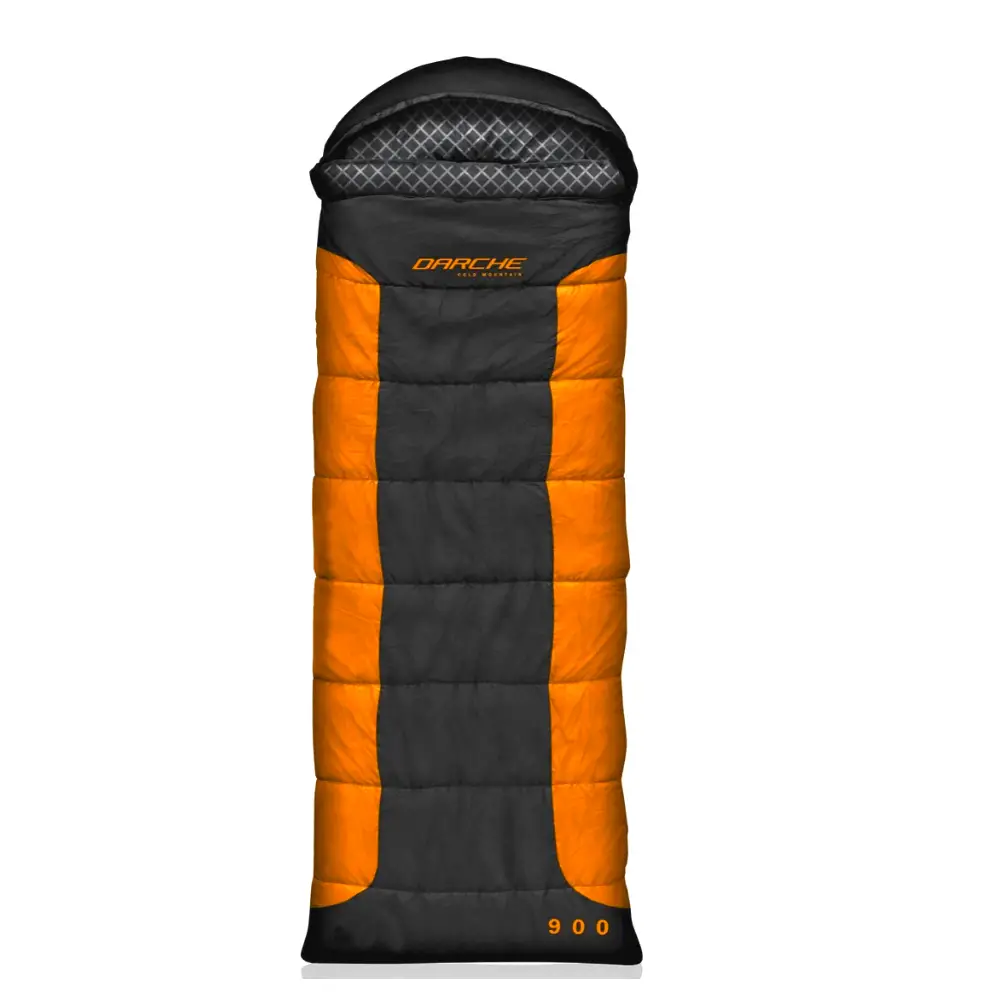 | (+) Large size - 250cm x 90cm (+) Lower temp limit of -12 DegreesC (+) Zipped together to form a double (+) Weight: 2.7kg Overall: Good for cooler nights | Check Price. |
| Marmot Always Summer Sleeping Bag. | Best Lightweight Sleeping Bag | 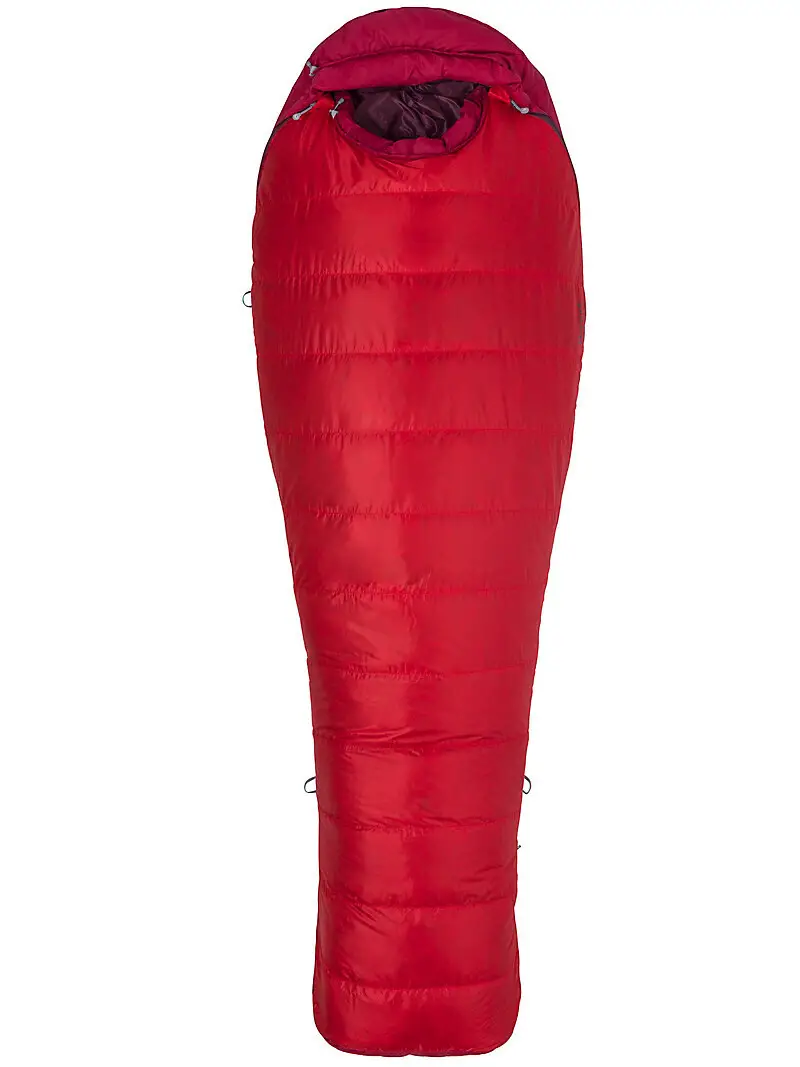 | (+) Weight: 760grams (+) Polyester materials (+) Insulation fill power of 650 (-) Lower limit of 4 DegreesC Overall: Light and packs down to bugger all | Check Price. |
| The North Face Eco Trail Down Sleeping Bag. | Best Down Sleeping Bag | 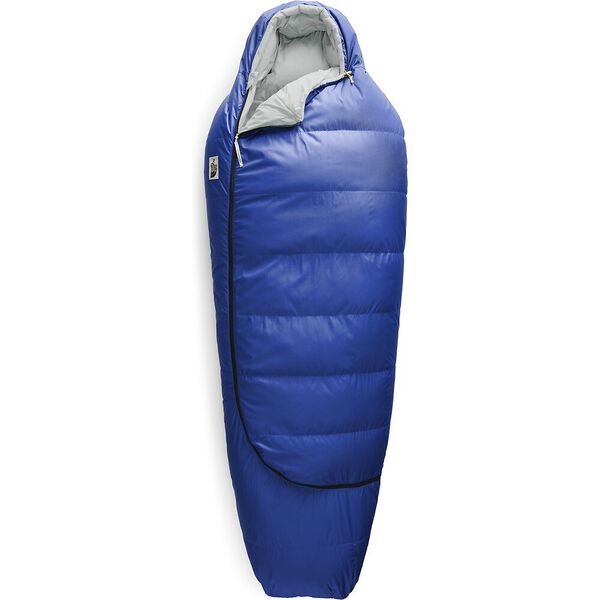 | (+) Down filled - light w/ excellent insulation (+) Lower limit of -7 DegreesC (+) Fitted hood (+) Water repellent finish (+) Lightweight - 1.3kg Overall: Excellent product | Check Price. |
| The North Face Eco Trail Synthetic Sleeping Bag. | Best Synthetic Sleeping Bag | 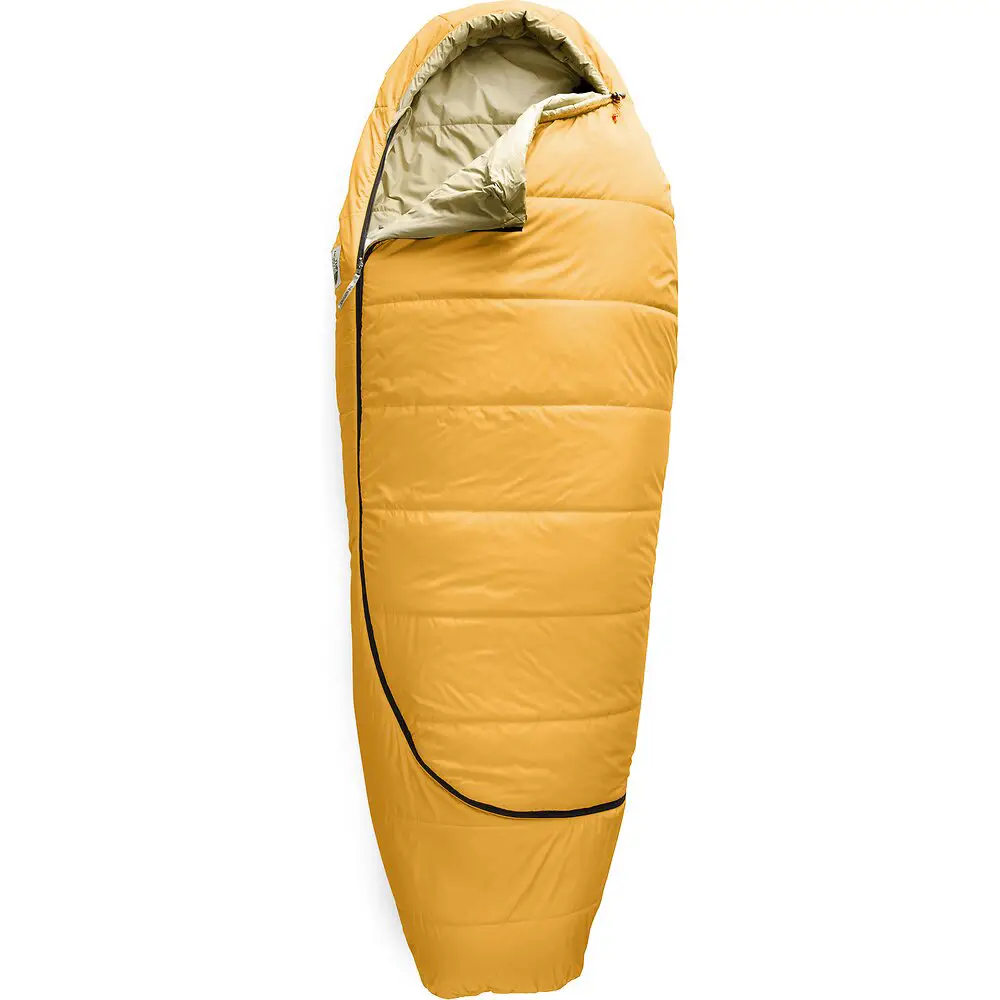 | (+) Synthetic materials - water proof (+) Lower limit of 2 DegreesC (+) Recycled materials - eco friendly (+) All the quality of the Eco Trail Down bag Overall: Very good product | Check Price. |
| Vango Nitestar Sleeping Bag. | Best Hiking Sleeping Bag | 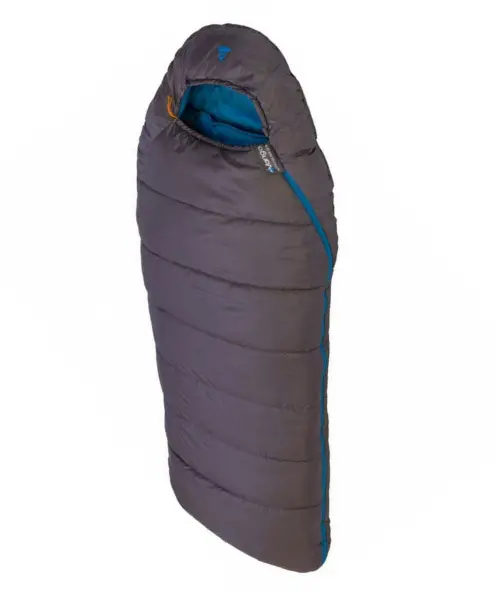 | (+) Weight: 2kg (+) Good size: 205cm x 78cm (+) Packs down to 29cm x 24cm (+) Lower limit of -3 DegreesC (+) Insulite - high quality synthetic fill Overall: Great for bushwalkers. | Check Price. |
| Oztrail Lawson Jr Kids Sleeping Bag. | Best Kids Sleeping Bag | 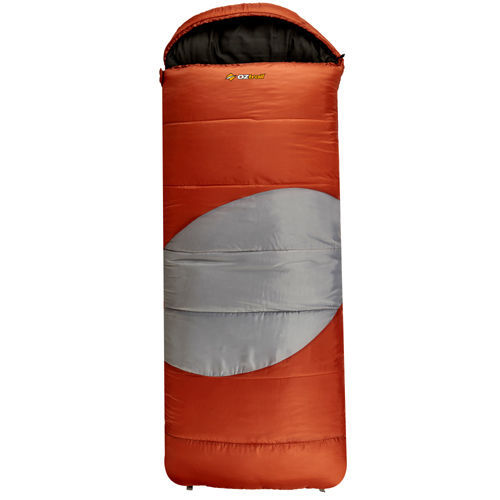 | (+) Weight: 1.2kg (+) 170cm x 65cm (incl. hood) (+) Non-allergenic fill (+) Two bags can be zipped together (+) Lower limit of -5 DegreesC (+) Less than $50 in price Overall: Good for kids, small adults | Check Price. |
| Tentworld Kids Sleeping Bags. | Best Kids Sleeping Bag | 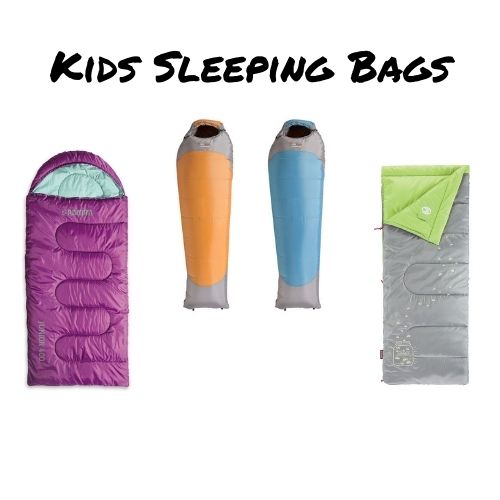 | Range of good products from Tentworld that will suit all budgets. | Check Price. |
| Blackwolf Hiker 300 4C Sleeping Bag. | Best Sleeping Bag for Bike Touring | 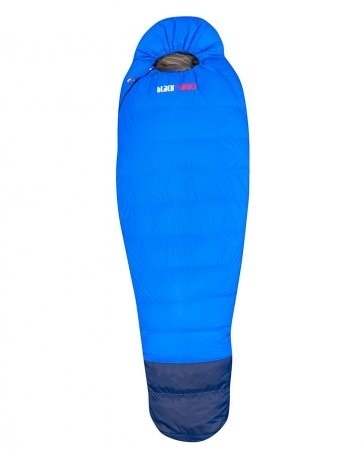 | (+) Specific for bushwalkers, bike touring etc (+) Weight: 0.9kg (+) Packs down to 27cm x 15cm (+) Fill Power 700+ (+) Tapered shape (-) Lower limit of -1 DegreeC Overall: Great for those travelling on two wheels. | Check Price. |
However, if you’re good with all this, then keep reading the detailed reviews of the best sleeping bags Australia.
Here are the Best Sleeping Bag Reviews (Australia 2022)
I’ve divided these up into different usage categories, but some would suit more than one usage type – for example, what is a good bike touring sleeping bag would also serve as a good compact sleeping bag. So, take a look at all of them, they’re all good products and see if there’s one that takes your fancy.
Best All-Round Sleeping Bag

- Water Resistant polycotton exterior.
- Lower limit of -5oC
- Generous 240cm x 90cm size, will fit almost everybody comfortably.
- Zip-out flannel liner to give a wider temperature range, so it’s not too hot in the warmer months.
- Can zip together with another AK Premium Sleeping Bag. Just make sure the other sleeping bag has the opposite zip location (left vs right or vice versa) to create a jumbo double sleeping bag.
- Fits inside the AK Big Daddy swag.
The only downside to this sleeping bag is its weight. It comes in a whisker over 5kgs.
Check out the details, reviews and latest price of the AK Premium Sleeping Bag by clicking here.
Best Cold Weather Sleeping Bag

- Lower limit of -12oC
- Weight of 2.7kg, which is good, yet is a generous 250cm x 90cm.
- Can be either unzipped to create a doona or zipped together with another Cold Mountain sleeping bag to form a double.
- Shaped hood.
- Competitively priced.
Check out the details and latest price of the Darche Cold Mountain 900 Sleeping Bag by clicking here.
Best Lightweight Sleeping Bag

- It’s advertised as the master space-saver, and it does that well. Weighing in at a tiny 760 grams, and packs down to 4.2 litres. Certainly, the best sleeping bag for bike touring and kayakers.
- Lower limit of 4oC
- Good insulation with a 650 fill-power rating.
- Polyester materials.
It’s a three-season sleeping bag at best, but for most situations where weight and space is a premium it will work well.
Check out the details and latest price on the Marmot Always Summer Sleeping Bag by clicking here.
Best Down Sleeping Bag

- Eco friendly – fully recycled materials, including the natural down fill. Nice!
- Lower limit of -7oC
- Tapered shape for preserving body heat.
- Fitted hood for total warmth and comfort.
- J-zip arrangement for increased mobility and venting.
- Water repellent finish.
- Super lightweight at 1.3kg, packs down to a very compact 23cm x 41cm.
Check out the details and latest price of The North Face Eco Trail Down Sleeping Bag by clicking here.
Best Synthetic Sleeping Bag

- Full recycled materials – eco-friendly.
- Synthetic insulation which is pretty much water proof.
- Water repellent outer.
- Lower limit of 2oC
- Packs down to 22cm x 38cm.
- All the features of The North Face Eco Trail Down Sleeping Bag.
Check out the details and latest price of The North Face Eco Trail Synthetic Sleeping Bag by clicking here.
Best Hiking Sleeping Bag

- Weight comes in at 2kg.
- Packed size is 29cm x 24cm.
- Plenty of room at 205cm x 78cm.
- Lower limit of -3oC
- Fill is synthetic (Insulite).
Check out the details and latest price for the Vango Nitestar Sleeping Bag on eBay Australia by clicking here.
Best Kids Sleeping Bag

- Weighs in at 1.2kg and packs to 31cm x 20cm.
- 170cm x 65cm (including hood).
- Non-allergenic ExoTherm fill, which has very good insulating properties.
- Cocoon style lip hood for extra warmth.
- Two bags can be zipped together to form a double.
- Lower limit of -5oC
Check out the details and latest price of the Oztrail Lawson Jr Kids Sleeping Bag on eBay Australia by clicking here.
or
Also, you can check out some good kids sleeping bags on Tentworld’s website by clicking here.
Best Sleeping Bag for Bike Touring

- Weighs in at 0.9kg and packs down to 27cm x 15cm.
- Lower limit of -1oC
- Fill is 700+ loft water-repellent duck down.
- Tapered shape 220cm x 80cm (chest) x 50cm (feet).
- Specifically designed for bushwalking, trekking and lightweight travel.
Check out the details and latest price of the Blackwolf Hiker 300 4C Sleeping Bag at Tentworld by clicking here.
Features and Benefits of the Best Sleeping Bags for Australia
Sleeping Bag Fill
Natural – been used for a long time and is goose down. It is the soft, fluffy plumage underneath the main outer feathers.
Pros
- down is nature’s way of keeping birds warm, so it is a very effective fill,
- it is very light, durable and doesn’t take up a lot of volume.
Cons
- it is relatively expensive,
- not as waterproof as synthetic counterparts,
- ethical issue of the use of animal products.
Synthetic – has been evolving and under constant development for decades. These days it’s pretty good.
Pros
- overall, more cost effective
- has better waterproof properties than natural fill
Cons
- tends to take up more volume, and make the sleeping bag bulkier,
- not as effective an insulator as natural fill.
What is best? Natural or Synthetic? The old answer – it depends. If you’re camping around the majority of places in Australia, it will boil down to cost, weather tolerance and convenience. However, if you’re looking for space saving, weight and performance, then down is the best choice.
Seasonal Ratings
One season – these are the coolest, lightest of sleeping bags, and are best suited to camping in warmer climates, or during the summer months.
Two season – very similar version of the one-season sleeping bag, but with the capability to be used in a wider range of temperatures spanning spring, through summer and autumn.
Three season – generally the most versatile of sleeping bags, capable of keeping the sleeper comfortable through spring, summer, autumn and warmer winter nights.
This would be my ‘go-to’ sleeping bag for the majority of travel around Australia, as they represent the best compromise between flexibility and comfort. If you get warm during the night, it’s easier to unzip the sleeping bag than look for ways to stay warm when the mercury drops. ?
Four season – this is where we’re getting into the serious side of things. Great for colder nights, as they will often come with a hood and have a more body-hugging shape. All in the name of preserving body heat.
Expedition – also known as ‘five-season’, they are heavier, fitted with hoods and minimal internal room. They will come with waterproof, breathable outer material to stop rain and snow soaking into the sleeping bag. Suited to extreme environments.
Sleeping Bag Temperature Ratings
Firstly, there is no equivalent standard here in Australia, and there is no legal obligation for manufacturers to conform to this standard, no matter where they are based.
However, reputable brands will adhere to the guidelines in these standards when labelling the temperature rating of their products.
In summary, there are four temperature measures covered by the manufacturer
- Upper Limit – the temperature you can sleep at without excessive sweating/discomfort.
- Comfort – as the measure suggests, this is the optimal temperature for a comfortable night’s sleep.
- Lower Limit – you’re good, but wouldn’t want the outside temperature to go any lower. I’ve quoted this number in the reviews below to make it clear what most consider as a reasonable lower limit to still sleep satisfactorily.
- Extreme – this is the ‘survival’ area, and it is meant to stave off hypothermia and frost bite. Not where you ever want to be.
If you want to read up on the full criteria for the ratings and how they are derived, check it out on Wikipedia – EN 13537.
Fill or Loft Power
Sleeping Bag Shapes and Sizes
Rectangular – most sleeping bags are rectangular in shape, as they the most roomy and flexible. The warmer climate sleeping bags are rectangular, and most of the time they can be zipped open for a makeshift doona/cover.
Mummy – have a body-hugging shape that reduces weight and helps preserve warmth. Will have a hood to further enhance body heat retention. Favoured by bushwalkers and hikers going into the more extreme areas.
Tapered – the nice compromise between Rectangular and Mummy shapes. Have a narrow foot area, but not as body-hugging as the more extreme Mummy shape. Some may be fitted with a hood as well.
Other Things to Look For
Quilting/Baffles – this keeps the fill in place, and makes sure the product doesn’t develop lumpy spots.
Weather proofing – is the outer material water resistant? Even if you’re in a tent, if the temperature gets down to low single digits, you’ll get condensation forming.
Liners – sleeping bag liners are great for keeping the inside of your sleeping bag clean.
Cold sleeper vs warm sleeper – how do you sleep? Do you find yourself reaching for an additional blanket when the temperature drops a bit, or are you OK with sleeping under a sheet? Choose your temperature range according to how you sleep.
Age – if you have children, keep in mind what is the best kids sleeping bag may not be the same as an adult.
Size – if you’re looking for a bit more room, then take a look at a double sleeping bag.
I’m sure this has given you enough information to make an informed decision on making one of the most important purchases for your camping and outdoors gear – getting the best sleeping bag.
Pinterest Friendly Image
